Name Robert Fulton, Role Inventor | Education Harvard University Books One Man Caravan | |
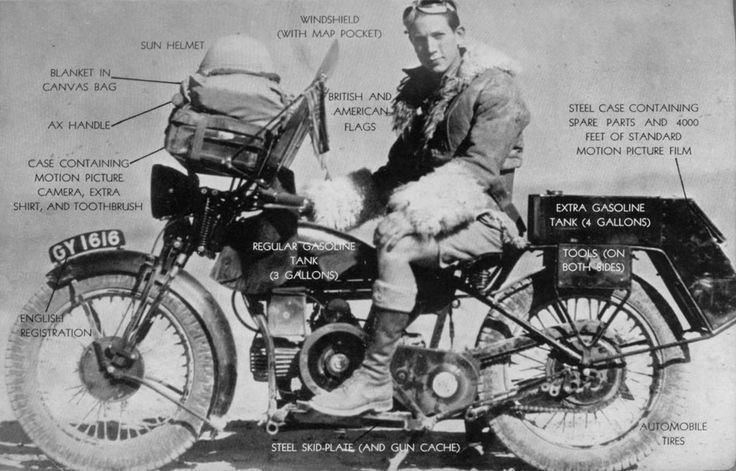 | ||
Died May 7, 2004, Newtown, Connecticut, United States | ||
One Man Caravan by Robert Edison Fulton Jr
Robert Edison Fulton Jr. (April 15, 1909 – May 7, 2004) was an American inventor and adventurer. He is known for having traveled around the world on a motorcycle and for several aviation-related inventions, among his 70 patents. Fulton was also a professional photographer.
Contents
Biography
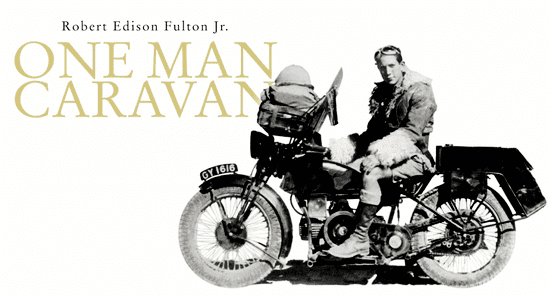
Born in Manhattan, New York on April 15, 1909 and named for Thomas Edison, who was a friend of his father, Robert Fulton Sr., a president of Mack Trucks. His maternal grandfather, Ezra Johnson Travis, ran stagecoach lines across the old west after the Civil War and his uncle, Elgin Travis, who took them over from his father, eventually converted the stagecoach routes into bus lines, which became Greyhound Bus Line. As a teenager he was in the elite when he traveled by commercial aircraft from Miami, Florida, to Havana, Cuba, in 1921, and then to Egypt when Tutankhamun's tomb was opened in 1923. He attended middle school at Le Rosey in Lausanne, Switzerland for two years, then went to Exeter and Choate, graduated with a degree in architecture from Harvard in 1931, and spent a further year of architectural study in Vienna, at the University of Vienna. Then, at age 23, he traveled 25,000 miles (from London to Tokyo in 18 months) on a twin-cylinder Douglas motorcycle, to study architecture around the world. Along the way he shot 40,000 feet of film of his travels, over the year and half period.
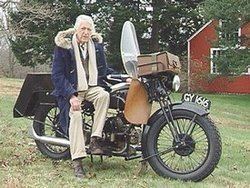
Upon his return he detailed his adventures in a book, One Man Caravan, telling of being shot at in the Khyber Pass by Pathan (Pashtun) tribesmen, avoiding Iraqi bandits, a night's stay in a Turkish jail, and being a guest of Indian rajahs. He went on a lecture tour of the United States, showing his film footage and telling of his journeys. In 1983 he produced, edited, and released, with his filmmaking sons, a 90-minute film compiled from his home movies, The One Man Caravan of Robert E. Fulton Jr. An Autofilmography. Later in life, he revisited his motorcycle journey in another film program retelling of the epic trip, "Twice Upon A Caravan."
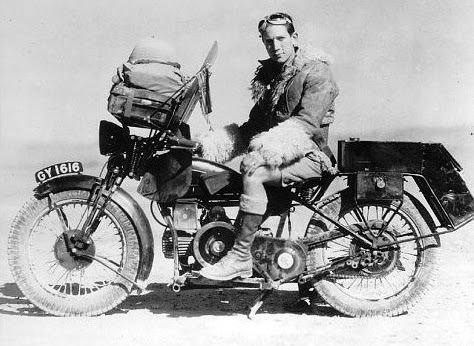
He then went to work for Pan American Airways, using his skills in cinematography to document the Pan American Clipper (flying boat) air routes from New York to South America and across the Pacific Ocean, just prior to World War II. He then formed a company to manufacture aeronautical equipment, Continental Inc.
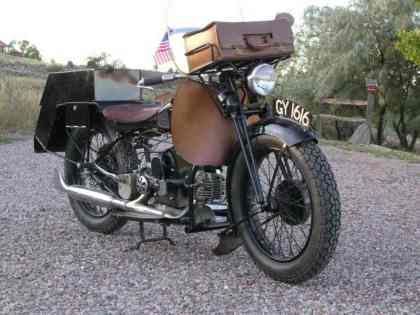
He married for the first time in 1935, to Florence (Sally) Coburn (1912–1996) of Greenwich, Connecticut, with whom he had three sons — Robert E., III (1939-2002), Travis (1943– ) of Snowmass Colorado, and Rawn (1946– ) of Bernardston, Massachusetts. Divorced in 1982, he later married Anne Boireau Smith of Nantes, France (1926–2002). He died at his home in Newtown, Connecticut on May 7, 2004.
Inventions
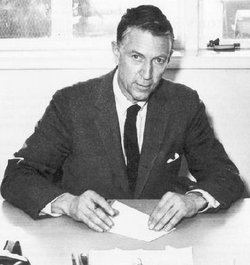
During World War II, Fulton invented the first ground-based aerial flight trainer, but when the military wasn't interested, he modified it into a training aid for aerial gunners, the first fixed aerial gunnery trainer, called the "gunairstructor".
After the war, he designed and built an airplane that was convertible to be an automobile, called the "Airphibian", because of the time it took to travel to demonstrate the gunnery trainer. Charles Lindbergh flew it 1950 and, although it was not a commercial success (financial costs of air worthiness certification forced him to relinquish control of the company, which never developed it further), it is now in the Smithsonian.
During the 1950s, after studying the way trains in Britain pick up mail bags by the side of the tracks, Fulton developed the Fulton surface-to-air recovery system, also called the Skyhook for the Central Intelligence Agency (CIA), the United States Navy, and the United States Air Force. It was a system that was used to pick up people from the ground with an aircraft. It was used by the United States Air Force until 1996. A sister invention for Navy frogmen was called Seasled.
